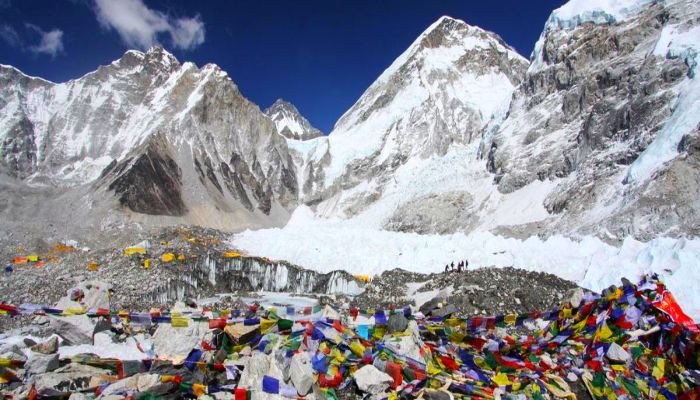Every year, hundreds of climbers, Sherpas and high altitude porters make their way to Everest, leaving behind tonnes of both biodegradable and non-biodegradable waste — including empty oxygen canisters, kitchen waste, beer bottles and faecal matter — on the highest peak, which has lately acquired notoriety as the “world’s highest garbage dump”.
Nepal launched an ambitious clean-up campaign on April 14. The campaign is aimed at bringing back tonnes of trash from the world’s highest peak.
The 45-day ‘Everest Cleaning Campaign’, led by Solukhumbu district’s Khumbu Pasanglhamu Rural Municipality which began on the Nepali new year and aims to collect nearly 10,000 kgs of garbage from Mt. Everest.
A total of 3,000 kilograms of solid waste has been collected till now.
Under this campaign they will be collecting around 5,000-kg of garbage from Base Camp area, while 2,000-kg of garbage will be collected from the South Col region and around 3,000-kg will be collected from Camp II and Camp III area.
Around 23 million Nepalese rupees is being spent for the campaign.
There have been attempts in the past to clean up Everest, including a 2014 government-mandated provision making it mandatory for every climber to come down the peak with at least 8kgs of garbage — the amount of trash estimated to be produced by one climber.
The month-and-a-half clean-up campaign is supported by a number of governmental and non-governmental agencies.
The campaign will conclude on May 29, the day marked every year to commemorate the first summit of Everest by Edmund Hillary and Tenzing Norgay in 1953.
We being humans are always busy cutting the branch on which we sit and just do not wish to learn from our past before its too late…SAD
Reference- The Hindu, The Kathmandu Post,






